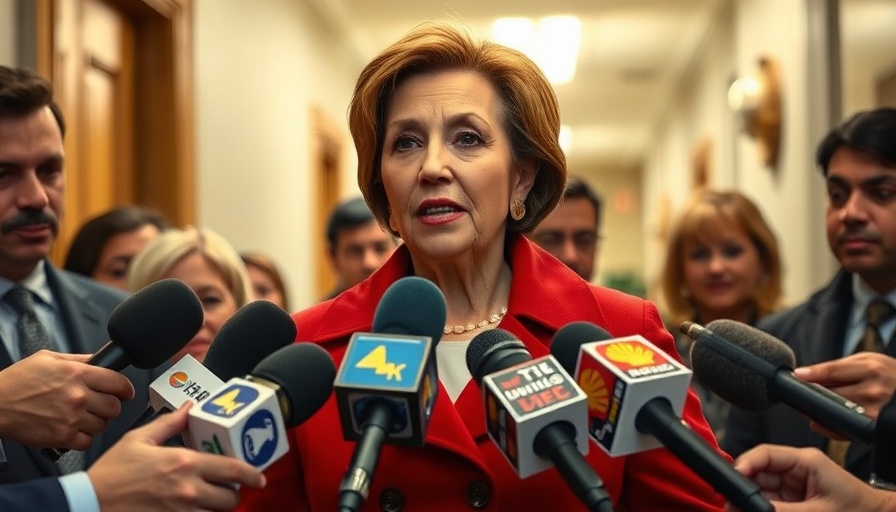
When Passion Meets Conflict: A Case Study from Amazon
In any workplace, heated debates and disagreements can arise, especially when two passionate personalities collide. A vivid illustration of this scenario comes from Ethan Evans, a former Vice President at Amazon, who recently recounted an intense encounter involving two top engineers that escalated to tears. Rather than being merely a sign of toxicity, this episode showcases how workplace conflicts can also stem from strong dedication to a shared project.
The Nature of Conflict in the Workplace
Evans, who dedicated fifteen years to Amazon, encapsulates workplace conflict into several categories—drawing from a Harvard study—that includes options like “the Boxing Match,” where two team members disagree passionately. His experience reflects the dichotomy of conflict: it can either signify a toxic environment or a passionate engagement with work. This situation is indicative of a growing need for effective conflict management strategies in dynamic workplaces.
The Importance of Mediation
In the face of the engineers' shouting match, Evans took on the role of mediator. He created a private space for dialogue, ensuring each engineer could voice his vision without feeling drowned out. This approach aligns with principles advocated in resources like The Essential Guide to Workplace Mediation and Conflict Resolution by Nora Doherty and Marcelas Guyler, which stress the significance of understanding individual perspectives to promote collaboration and prevent escalation.
Using Passion to Fuel Success
One of the most crucial aspects of Evans’ intervention was recognizing the engineers' passion for their differing visions. While this enthusiasm might initially lead to conflict, it can also drive a team toward success if properly harnessed. The balance between fostering such passion while ensuring a harmonious work environment is critical for leaders today.
Workplace Dynamics: Acknowledging Emotions
Interestingly, the emotional display from one of the engineers—a tearful response—sparked varied reactions from observers. Some hold the belief that showing emotions in the workplace is unprofessional, while others, like Evans, see it as a sign of commitment. This polarization highlights how emotional intelligence plays a pivotal role in managing workplace relationships. As conflicts arise, leadership's reaction to emotional displays can significantly affect team morale and cohesion.
Lessons in Leadership and Conflict Resolution
Evans successfully mitigated the situation and guided both engineers toward a collaborative solution, which not only preserved team harmony but also bolstered the engineers' performance. Taking a lesson from this incident, leaders must be equipped with conflict resolution skills, as suggested in books like The Definitive Guide to Workplace Mediation and Managing Conflict at Work by Clive Lewis. Understanding and addressing conflicts with empathy can foster a culture of transparency and trust, essential for any thriving workplace.
Looking Ahead: Creating a Healthy Work Environment
As work environments continue to evolve, the need for effective conflict resolution strategies will only grow. Organizations that prioritize emotional intelligence and open communication will likely see enhanced productivity and employee satisfaction. Encouraging teams to express their views while facilitating constructive dialogue will ensure that passion remains an asset rather than a source of contention.
In summary, workplace conflicts may arise from passion rather than toxicity, and recognizing this distinction can empower leaders to develop more effective management practices. By embracing mediation and emotional awareness, organizations can propel their teams to new heights—turning conflicts into opportunities for growth.
 Add Row
Add Row  Add
Add 




Write A Comment